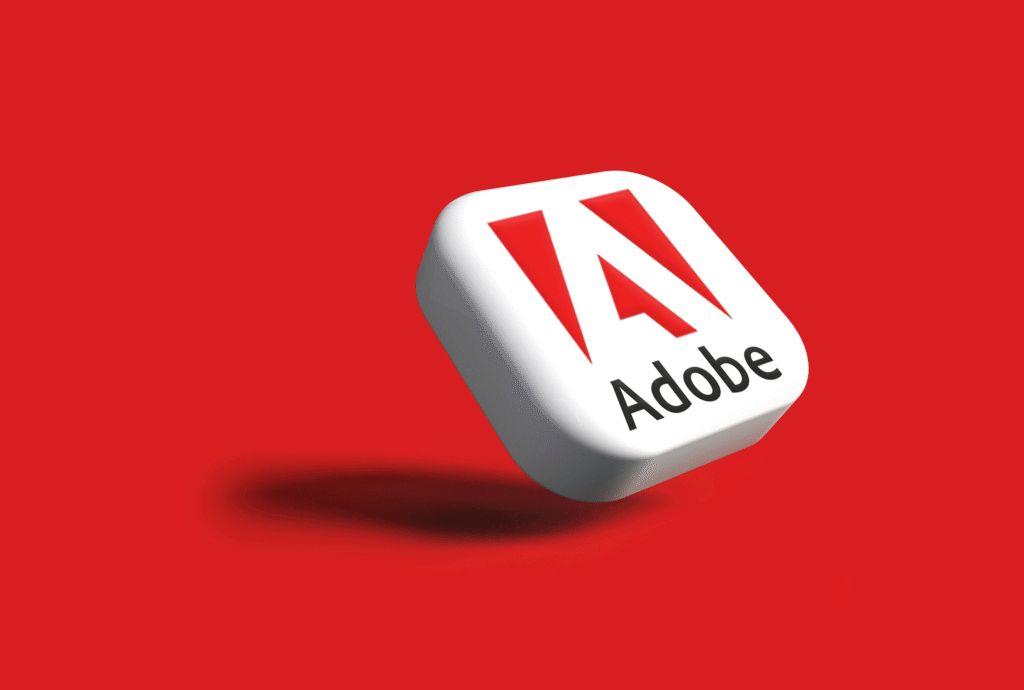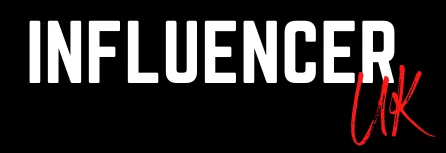Adobe, the well-known company behind popular design and editing tools like Photoshop and Premiere Pro, has started to completely rebuild its creative apps so that users can now talk to them just like they talk to a person. The company announced on Tuesday that its photo, video, and design software will soon be controlled through chat. This means that instead of clicking dozens of buttons and moving sliders, users can now just type or speak their request — and the app will do it for them.
For example, imagine saying, “Make the sky brighter,” or “Add soft background music.” The app will understand and instantly make those changes. Adobe said it is also working with OpenAI, the creator of ChatGPT, to allow users to control Adobe’s Express app directly through ChatGPT. This would make it possible for people to start a project inside ChatGPT itself, and then continue editing it inside Adobe’s own tools.
A New Way of Creating with Conversation
Adobe has always been a key player in the world of digital creativity. Its software powers countless photographers, filmmakers, and designers around the world. In 2023, the company launched Firefly, an AI tool that creates images and art simply from words. With Firefly, people could type something like “a golden sunset over a quiet beach,” and get a beautiful picture instantly.
Now, Adobe is taking that idea even further. Instead of just generating images, the company wants its apps to understand users’ instructions and make edits in real time through a chat interface. The company’s executives shared that Adobe has redesigned its apps to work smoothly with AI assistants that can not only create but also edit content through conversation.
Behind the scenes, Adobe’s new AI system uses multiple AI “agents.” These agents act like little digital helpers who can press buttons, move sliders, or apply filters automatically. They perform the same actions that a human user would, but much faster and in response to text commands.

However, Adobe also made sure that people don’t lose control. Users can still manually adjust things — they can take over the sliders, buttons, or layers whenever they wish. The AI is meant to assist, not replace human creativity.
Human and Machine Working Together
Ely Greenfield, Adobe’s Chief Technology Officer for its digital media business, explained that this new approach allows the company to work more easily with third-party AI services. “Now that Adobe has revamped its apps to work with AI assistants, it can more easily integrate them with third-party services,” said Greenfield.
That’s why Adobe is teaming up with OpenAI, one of the leading names in artificial intelligence. Together, they are working to make Adobe Express — a simpler, web-based design app — compatible with ChatGPT. This partnership will let users start a creative project by simply chatting with ChatGPT. The chatbot will help them design, layout, or edit their content right inside the conversation. Later, they can move the project to Adobe’s main apps like Photoshop or Premiere to polish it further.
For instance, someone who wants to make a birthday card could open ChatGPT, say, “Help me design a cheerful birthday card for my best friend,” and ChatGPT would create a layout using Adobe Express tools. If the user wants to make more changes, they can open the same design in Adobe’s apps and continue editing from there. This kind of smooth connection between chatbots and creative tools could save time and effort for users — especially beginners who are not used to complex editing software.
The Rise of Conversational Creativity
Adobe’s move shows how the future of design and editing is shifting toward conversation-based control. Instead of spending hours learning complicated software functions, people can now just describe what they want. The AI understands and performs the technical part. This change could make creative tools more accessible to everyone — from school students to professional designers.
In the past, creativity on computers required a lot of skill and patience. But today, AI is making it simpler and more fun. You don’t need to be an expert to create something beautiful. You just need an idea — and a few words to express it.
Adobe’s step also reflects a larger trend in the tech world, where companies are combining AI with everyday tools. Chatbots like ChatGPT are becoming digital companions that can help people write, draw, edit, or even make videos. Adobe wants to make sure its apps are part of that world — one where creativity and communication go hand in hand.
A Future Full of Possibilities
Adobe’s vision is clear: make its creative software as easy to use as talking to a friend. The company believes that by combining human creativity with artificial intelligence, users can achieve much more than before.
While AI will handle repetitive or technical tasks, humans will continue to guide the creative direction. This partnership could open doors to new forms of art, storytelling, and design. Students, content creators, and businesses could all benefit from this technology, using it to create professional-quality work faster and more easily.
Even though Adobe is investing heavily in AI, it hasn’t forgotten the importance of keeping users in control. The company ensures that people can always step in, adjust, or correct whatever the AI does. After all, creativity is deeply human, and AI is just a helpful partner.
The Bigger Picture
Adobe’s collaboration with OpenAI also highlights how major tech companies are learning to work together rather than compete. By connecting ChatGPT with Adobe Express, both companies can give users a smoother and smarter creative experience. It shows how AI isn’t just about replacing people — it’s about helping them do more with less effort.
As technology continues to evolve, Adobe’s changes may inspire other creative platforms to follow a similar path. Soon, we might see more apps where people simply talk, type, or even draw ideas, and the software brings them to life instantly.
The world of art and design is moving quickly, and Adobe wants to stay at the front of this transformation. By reimagining how its apps work, it’s giving users a glimpse of a future where imagination has no limits.


